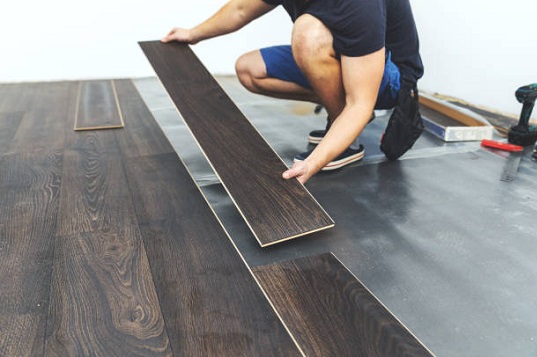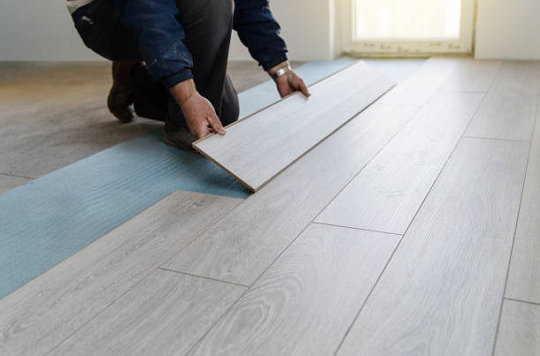 Laminate flooring is a popular choice for many homes and commercial establishments due to its durability and low cost. However, the strength of laminate flooring is a crucial factor to consider when choosing a type of laminate flooring.
Laminate flooring is a popular choice for many homes and commercial establishments due to its durability and low cost. However, the strength of laminate flooring is a crucial factor to consider when choosing a type of laminate flooring.
Resistance Classification Of Laminate Flooring
The ability of laminate flooring to withstand dents and scuffs is referred to as resilience. On a scale of 1 to 6, laminate floors are ranked in order of resistance, with 6 being the hardest and most resistant.
These are the well-known AC3, AC4, AC5, etc. This classification is associated with certain types of use and is classified according to the place or use for which they are intended. These numbers are printed on each box by the manufacturer.
But we should distinguish scratch and abrasion resistance from shock hardness since they are completely different.
Which One Should Be Used According To Each Need?
Choosing the right laminate flooring according to the specific needs of each space. A laminate floor with high resistance and hardness is recommended for high-traffic areas. A scratch- and stain-resistant laminate floor is recommended for homes with pets. For humid areas, a moisture-resistant laminate floor is recommended.
Advantages Of Resistant Laminate Floors
The advantage of opting for a resistant laminate floor is its long-term durability. The more resistant it is, the more difficult it will be to scratch it daily. Therefore, it will last longer than one of lower quality and resistance.
In conclusion, the resistance of laminate flooring is an important factor to consider when choosing a type of laminate flooring. By selecting a high-quality, durable laminate floor based on the specific needs of each space, you can ensure the long-term durability and functionality of the floor.
It is also important that a professional correctly installs this type of flooring. Don’t leave it in the hands of just anyone; remember that good material installed poorly can turn into a bad experience. Find an installer in our directory of professionals.
Types Of Laminate Flooring
As we have mentioned, they are classified according to resistance criteria, both impact and wear, constituting a practical purchase option due to their easy installation and maintenance.
The types of laminate flooring are defined in the UNE-EN 13329 regulations. This standard establishes a classification of laminate floors according to the intensity of use and levels of use:
- Class 21. Moderate domestic use
- Class 22. General domestic use
- Class 23. Intense domestic use
- Class 31. Moderate commercial use
- Class 32. General commercial use
- Class 33. Intense commercial use
 Depending on the manufacturing process, there are mainly two types that we can find on the market and that largely define the impact resistance and use of the material:
Depending on the manufacturing process, there are mainly two types that we can find on the market and that largely define the impact resistance and use of the material:
Direct Pressure Laminate Flooring (DPL)
High-pressure laminate flooring (HPL)
How Do You Choose Laminate Flooring?
What laminate flooring is best for your home? … When buying laminate flooring, we not only have to look at the previous classification, but other aspects help us determine the best laminate floor for the home.
The Color
The range of colors you can find is practically equal to your imagination; you will not have any problem choosing the right color to decorate your house.
Colors with light tones, such as pine, maple, or beech, achieve luminosity and spaciousness. Dark colors provide a greater feeling of coziness and warmth. Look at your needs!
Also, remember that colors with strong tones liven up the environment, but if we abuse them too much, we can get tired.
The Coatings
Various representations in laminate floor coverings provide different types of finishes on their surface, so you can choose the one that best matches your decoration and achieve the desired effect.
According to their texture: They can be embossed, or they can be smooth.
According to its finish, They can be glossy, matte, etc.
According to its design, In reality, the possibilities here are endless. The decorative panel allows a specific surface to be photographed and printed using the roto-engraving procedure on paper and, therefore, is susceptible to being part of the designs printed on laminate floors even though we always find traditional materials such as wood and its different material variants or finishes imitating stone materials such as marble, granite, etc.…

